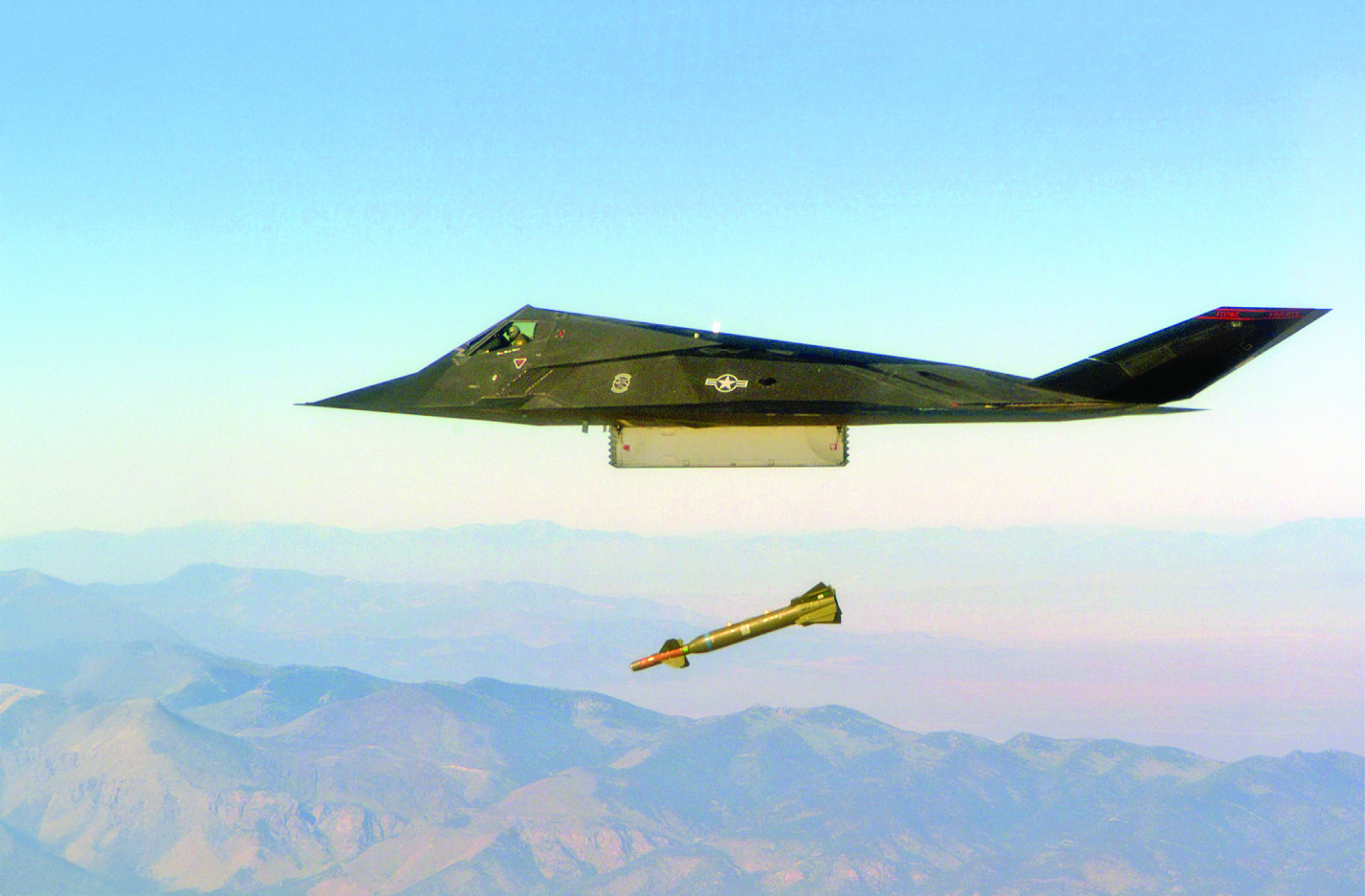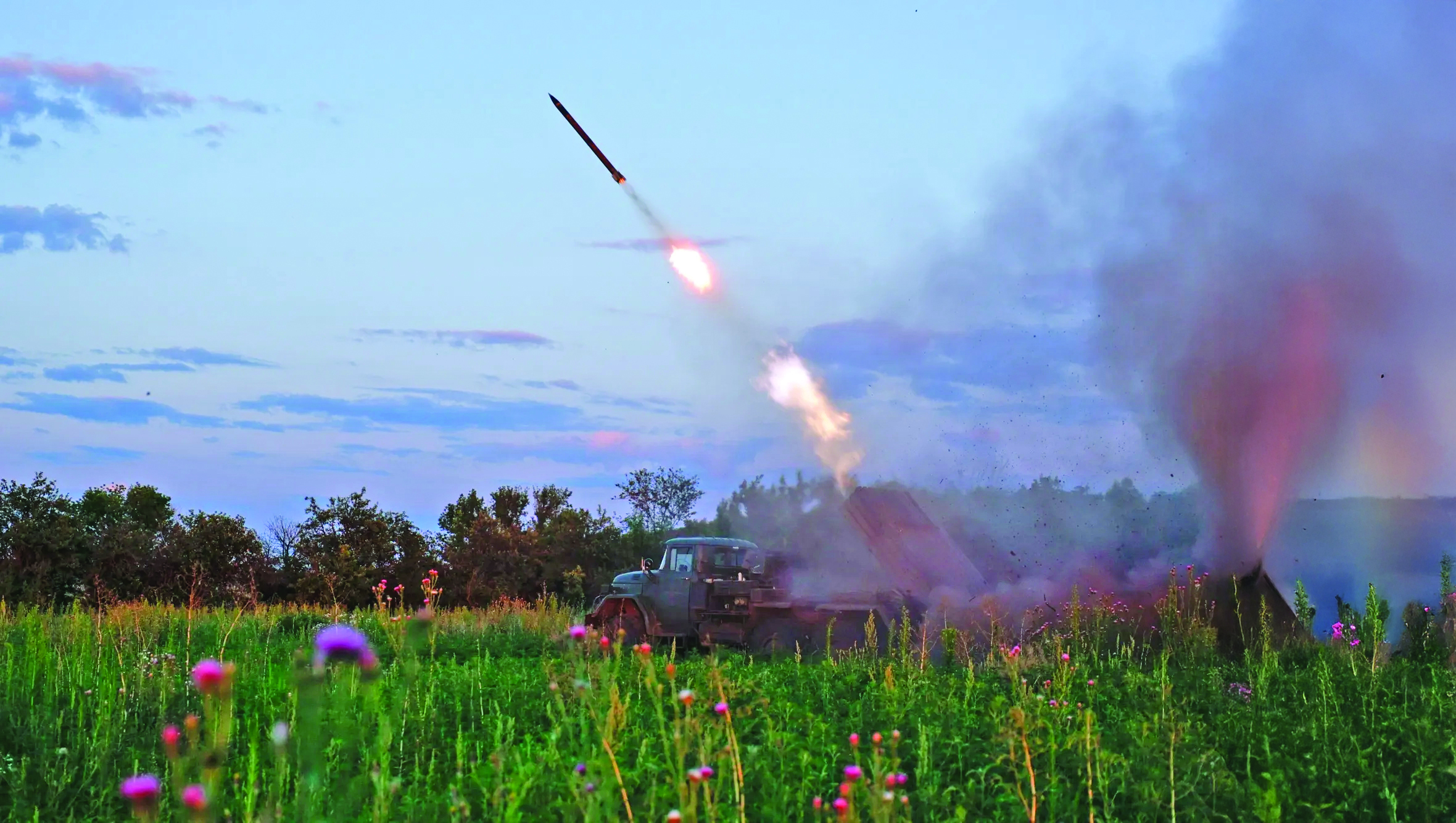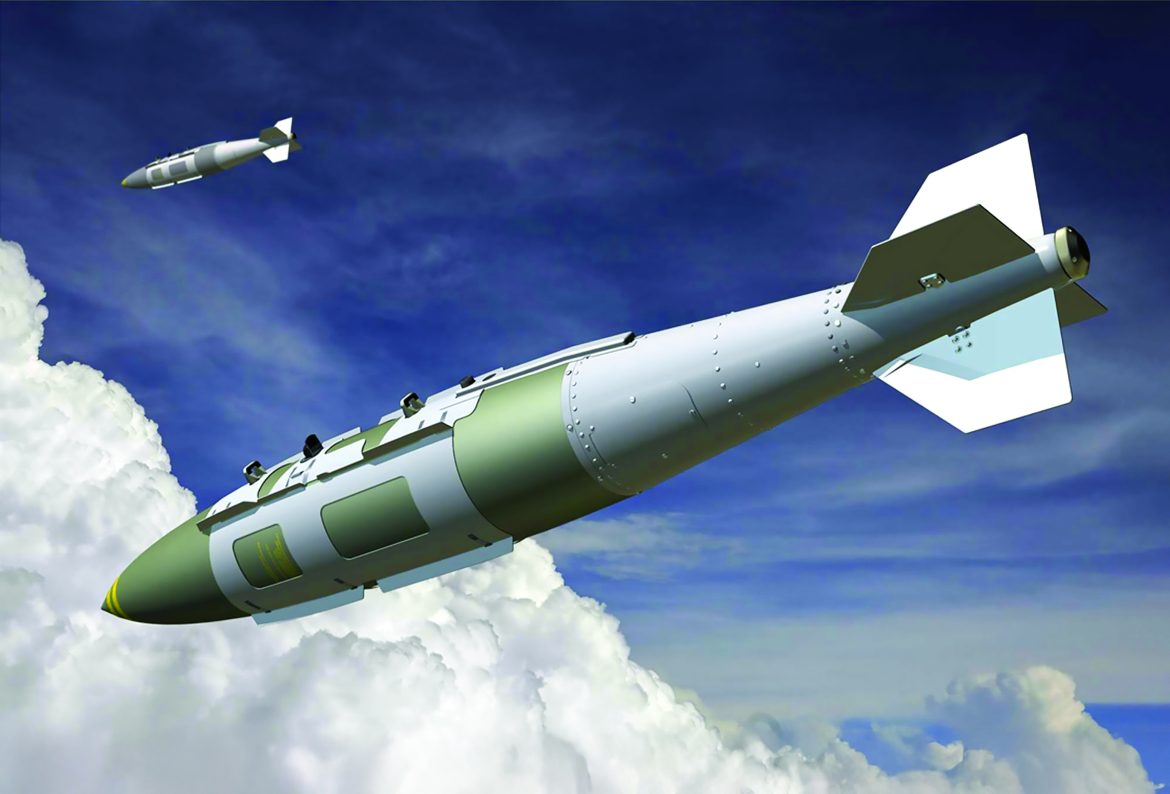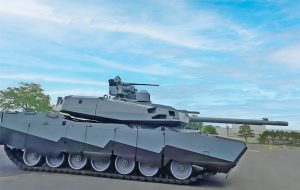In recent decades, the defence industry has witnessed remarkable advancements in the development of precision-guided munitions (PGMs), prompting many nations to invest heavily in these high-technology weapon systems. The increasing reliance on smart weapons, particularly following the liberation of Kuwait in 1991, has led some analysts to predict that conventional, unguided munitions may soon become obsolete. This is largely attributed to the high accuracy and reduced collateral damage offered by smart weaponry.
However, this trend raises important questions regarding the practicality of completely abandoning conventional munitions, especially considering the high cost and potential operational limitations of smart weapons in certain combat environments. This study aims to examine the advantages and drawbacks of both types of munitions and to highlight the necessity of maintaining a balanced arsenal to ensure long-term military effectiveness.

The Shift Toward Precision-Guided Munitions
Precision-guided munitions have become one of the most significant technological achievements in modern warfare. Their ability to strike targets with extreme accuracy has reduced the need for mass bombardment, lowering the risk of collateral damage and resource depletion. Their importance first became evident during the Gulf War in 1991, where they outperformed conventional bombs in both efficiency and effectiveness.
In the past, destroying a single target required large numbers of unguided bombs, increasing the likelihood of unintended damage and substantial logistical effort. For example, according to military historian Norman Davies in his book “Europe at War 1939–1945: No Simple Victory”, the U.S. Air Force during World War II needed approximately 108 aircraft to drop 648 bombs to ensure a 96% probability of destroying a single target—while only 7% of bombs actually landed within 1,000 feet of their intended mark. Similarly, during the Vietnam War, hitting a single target could require as many as 30 sorties.
This changed dramatically during the Gulf War, when a single aircraft equipped with laser-guided bombs could achieve the same result with remarkable precision using just two weapons. As noted by Andrew Leyburn in his analysis of Gulf War technologies, a single sortie could destroy up to 16 different targets, demonstrating the transformative effectiveness of smart munitions.
Key drivers of this technological shift include advances in guidance systems, such as laser targeting and GPS-based navigation, enabling militaries to achieve mission objectives with fewer sorties and less ordnance. These improvements also serve political and humanitarian goals by minimising civilian casualties and infrastructure damage—factors that influence both domestic public opinion and international perceptions.
Moreover, the capacity of PGMs to accurately strike sensitive targets, such as command centres or high-value individuals, has made them indispensable in modern asymmetric conflicts, including counterterrorism and insurgency operations. The flexibility and adaptability of smart munitions have thus become essential for contemporary militaries. In recent years, the integration of artificial intelligence (AI) has further enhanced the capabilities of PGMs. Machine learning algorithms and real-time data processing have improved targeting accuracy and reduced operational errors. Dual-use technologies—originating in the civilian sector, such as advanced sensors and communications systems—have been adapted for military applications, further enhancing the performance and reliability of these systems. Collectively, these advancements have cemented smart munitions as a preferred option for militaries with the resources to afford them.
Challenges Facing Smart Munitions
Despite their advantages, precision-guided munitions are not without limitations. Chief among these is their cost. A single laser- or GPS-guided bomb can cost hundreds of thousands of dollars—vastly exceeding the price of conventional bombs. This financial burden makes the widespread use of PGMs impractical for prolonged conflicts or large-scale operations that require extensive target coverage. Additionally, no technology guarantees perfect performance. Software glitches, mechanical failures, or other malfunctions can render smart weapons ineffective. For instance, the U.S. Air Force’s AGM-88E Advanced Anti-Radiation Guided Missile (AARGM) boasts superior capabilities compared to its predecessor, the AGM-88B, but comes at ten times the cost. Similarly, the Royal Australian Air Force relies heavily on advanced guided munitions, which demand not only substantial production investment but also continuous updates, software improvements, and platform integrations to remain operational.
The British and French armed forces face comparable challenges with their Storm Shadow/SCALP EG cruise missiles, which cost over $2 million per unit—posing significant budgetary and operational considerations. Thus, balancing effectiveness with affordability remains a central issue for militaries worldwide.

Operational vulnerabilities also persist. PGMs depend on sophisticated guidance systems—such as laser designators, radar, and GPS—which are susceptible to electronic countermeasures. Adversaries can exploit these weaknesses to degrade weapon effectiveness. In the ongoing conflict in Ukraine, Russian forces have reportedly employed jamming systems like the R-330Zh Zhitel and Tirada-2 to disrupt Ukrainian GPS-guided drones and missiles, diminishing their accuracy and battlefield impact. Beyond cost and technical reliability, the legal and ethical implications of using autonomous or AI-powered weapons raise questions under international humanitarian law. Distinguishing military from civilian targets remains a moral and operational challenge. Additionally, reliance on autonomous systems could lead to unintended or undesirable outcomes, further complicating their deployment. Environmental factors such as severe weather or complex terrain may also degrade the performance of smart weapons.
The Enduring Relevance of Conventional Munitions
Despite the technological revolution brought about by smart weapons, conventional munitions continue to play a vital role in military operations. Their relatively low cost, ease of production, and minimal technological requirements make them indispensable—particularly in scenarios demanding large-scale firepower.
In operations requiring area saturation, such as carpet bombing, unguided munitions remain highly effective. In high-intensity conflicts where massed enemy formations must be neutralised over wide areas, conventional bombs provide an efficient and economical solution. Furthermore, conventional weapons are not dependent on vulnerable guidance systems, making them more resilient against electronic warfare measures that can disable or misdirect smart munitions. According to the Royal United Services Institute (RUSI), Russian forces currently fire around 10,000 artillery shells daily in Ukraine, compared to Ukraine’s 2,000 to 2,500—a testament to the enduring value of conventional firepower in large-scale warfare.
Toward a Balanced Munitions Strategy
Given the distinct advantages and limitations of both smart and conventional munitions, military planners increasingly advocate for a balanced approach that integrates both types according to operational needs.
This strategy includes developing low-cost hybrid munitions and upgrading conventional bombs with simple guidance kits to improve accuracy without excessive investment. Maintaining stockpiles of conventional munitions ensures readiness for contingencies that require massed firepower or prolonged engagements.
Tactical doctrine must also evolve to optimise the use of each weapon type. Precision-guided munitions should be reserved for high-value, strategic targets, while conventional munitions can be employed where pinpoint accuracy is unnecessary.
Logistical considerations are equally important. The storage, transportation, and maintenance of smart munitions require specialised infrastructure, while conventional munitions are easier to handle and deploy. Striking the right logistical balance reduces operational costs and enhances overall military readiness.
Conclusion
Smart munitions have become a cornerstone of modern warfare, offering unparalleled accuracy and operational efficiency. However, their high costs, technical limitations, and vulnerability to countermeasures prevent them from being a one-size-fits-all solution. Conventional munitions retain their relevance, particularly in large-scale conflicts and environments that challenge the effectiveness of smart weapons. Thus, a judicious blend of both types ensures operational flexibility, sustained combat effectiveness, and cost-efficiency across the full spectrum of military scenarios.●
By: Major General (Ret.) Khaled Ali Al-Sumaiti














